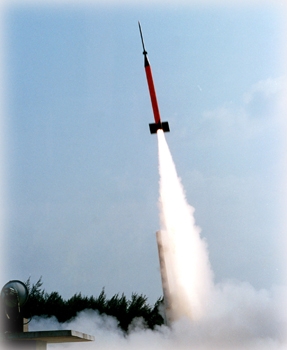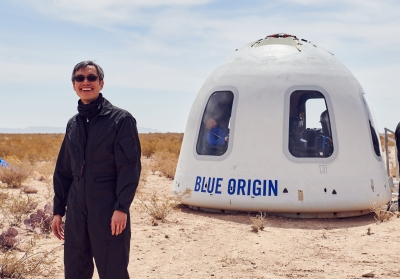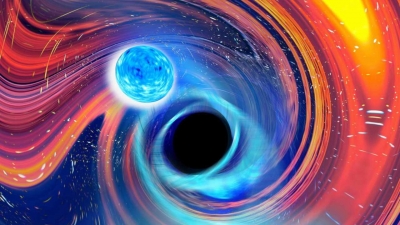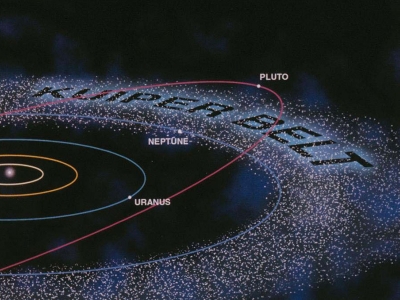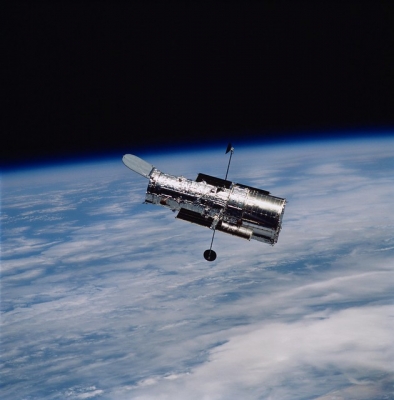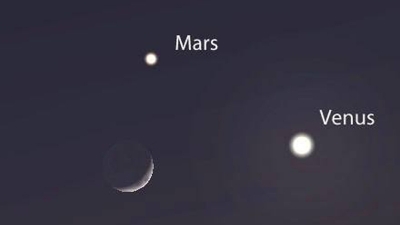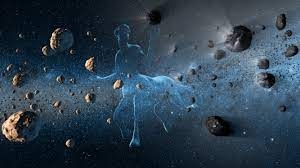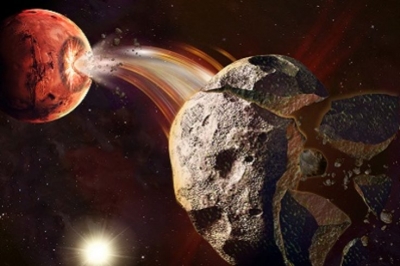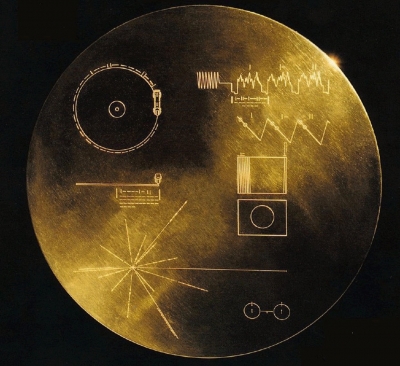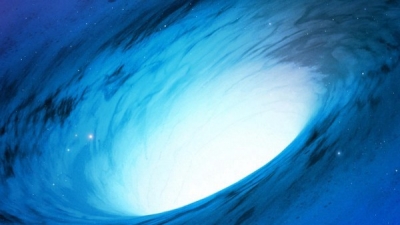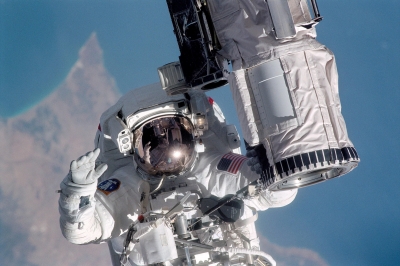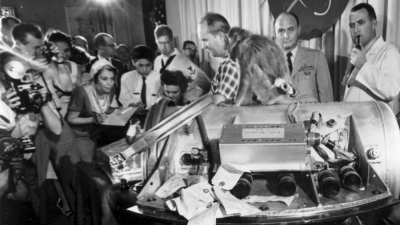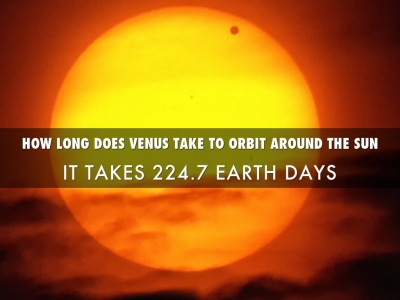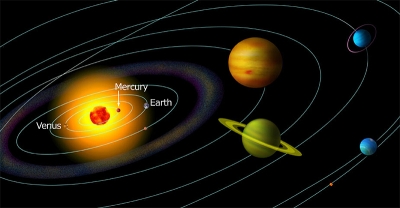Who is called the father of the Indian space programme?

Dr Vikram Sarabhai is widely known as the ‘father of the Indian space programme’. He helped establish the Indian space agency, the Indian Space Research Organisation (ISRO), and led it as chairman.
Son of Ambalal Sarabhai, he came from the famous Sarabhai family of India who were major industrialists committed to the Indian independence movement. Vikram Sarabhai married the classical dancer Mrinalini in 1942. The couple had two children. His daughter Mallika gained prominence as an actress and activist, and his son Kartikeya too became an active person in science. During his lifetime, he practiced Jainism. He attended Gujarat College, Ahmedabad, but later moved to the University of Cambridge, England, where he took his tripos in natural sciences in 1940. In 1945 he returned to Cambridge to pursue a doctorate and wrote a thesis, “Cosmic Ray Investigations in Tropical Latitudes,” in 1947.
He led the Sarabhai family-owned business conglomerate. His interests varied from science to sports to statistics. He set up the Operations Research Group (ORG), the first market research organization in the country. Most notable among the many institutes he helped set up are the Nehru Foundation for Development in Ahmedabad, the Indian Institute of Management Ahmedabad (IIMA), the Ahmedabad Textile Industry's Research Association (ATIRA) and the (CEPT). Along with his wife Mrinalini Sarabhai, he founded the Darpana Academy of Performing Arts. Other projects and institutions initiated or established by him include the Fast Breeder Test Reactor (FBTR) in Kalpakkam, Variable Energy Cyclotron Project in Calcutta, Electronics Corporation of India Limited (ECIL) in Hyderabad and Uranium Corporation of India Limited (UCIL) in Jaduguda, Jharkhand.
Picture Credit : Google
